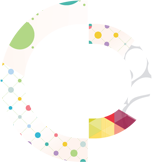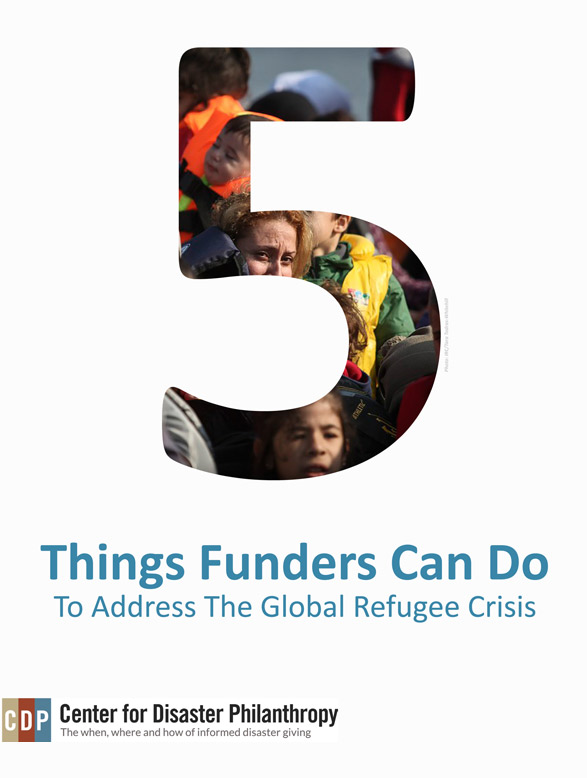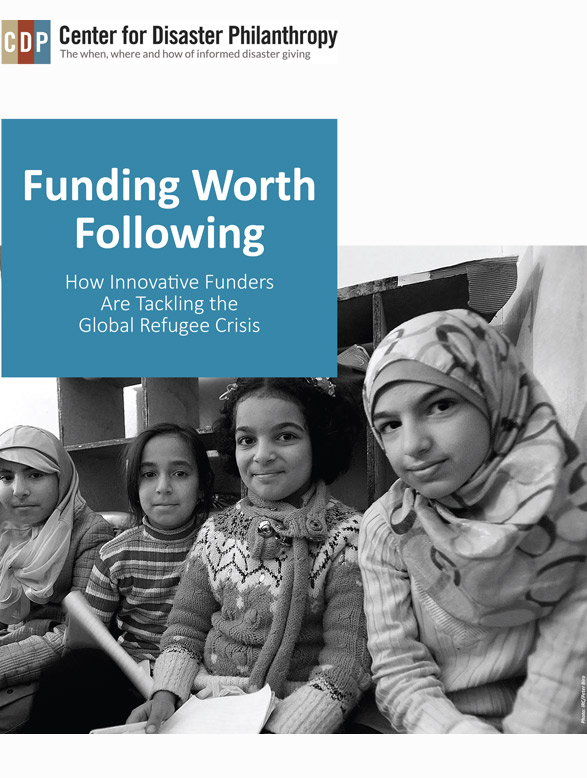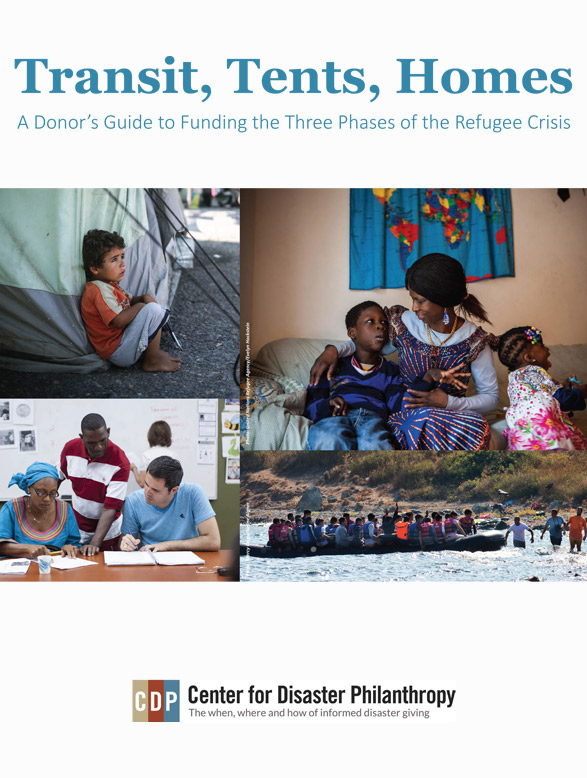Communications
Communities are not about stuff and messages.
They’re about connection. Deep, emotional connections that extend to others. Person by person.
That’s what makes a powerful community. People caring about people. Talking to each other, not at each other. Moving forward side by side. Multiplying exponentially.

Coordination
Before you can do anything you need to coordinate a group of people to carry it out.
Leaders assemble and connect people by giving them a platform for action. That used to mean getting everyone together at the same place, at the same time.
Today, you can use digital technology to create interactive platforms that accomplish the same thing. And much more.
Trust
Earning the trust of the people you’re trying to engage and motivate is a must in a connected world.
Trust comes from being connected to people we care about through a cause we care about. It creates a unity that increases the community’s effectiveness.
This trust creates a kind of shorthand among people. You understand how each of you is going to work together. Even if you’ve never met before.
Unity
Unity starts inside the organization. When all areas work together. Not in silos. This is especially important for communications and donor development people.
Unity happens when everyone has the same understanding of the community’s worldview. And how they are emotionally connected to their shared cause. And the stories they tell.
These three pillars of internal unity put everyone on the same page. And allow everyone to collaborate together equally.
How united is your organization?
Permission
Permission is the opposite of interruption.
It works by giving people the relevant experiences and inspiration they want to have. Not what you want to give them.
It’s a privilege to connect with people who are predisposed to listen to you because you share the same worldview. You don’t have to waste time with the masses that don’t see things the way you do and, thus, won’t engage with your cause.

Exchanging Ideas
What happens when you create an environment of connection?
You create a network of people, both inside and outside your organization, who want to pay attention to one another.
You create a proactive environment where people freely and easily share their stories and ideas.
In such an enabled community, all of us, connected together, are smarter than any one of us.
For ExampleExhausted and afraid, they came.
Forced to flee their homes in terror, they came.
With nothing but the clothes they were wearing and what they could carry in one small bag, they came.
Abandoning their schools, their jobs, their dreams, they came.
They were doctors and lawyers, public servants and Nobel laureates. They were teachers and homemakers, students and poets and artists. Having lost everything, they came.
The United Nations Human Rights Council estimated that there were 8 million displaced people.
More than 4.7 million refugees walked and boated into neighboring countries. And the flood of people, mainly living in camps in surrounding countries, created a refugee crisis in every nation.
Fleeing a war they had no hand in creating, they came.
Trying to escape tyranny and hunger, they came.
With tears in their eyes, but hope in their hearts, they came.
But we were not ready to help them.
At least, that’s how the folks at the Center for Disaster Philanthropy (CDP) felt.
CDP was established for donors to disaster relief. It gives them the information they need to make more thoughtful decisions and maximize the impact of their gifts.
But when the immense challenge of the Syrian refugee crisis hit, they realized they had a problem. Not enough donors were familiar enough with them to feel comfortable committing funds to them. And that greatly limited the amount of help they could give.
They needed a way to build a well-connected community quickly.
But they were their own worst enemy. Communications and donor development were siloed. Each worked in their own little vacuum.
So MagnifyGood helped them reengineer their organizational approach. They developed new processes and procedures. Each one leveraged the efforts both groups already had in place.
They integrated technology into their communications platforms and automated many functions. That saved a lot time and provided robust data to donor development.
Most important, they brought communications and development people together. Both groups understood their community members’ worldview in the same way.
With that common bond in place, MagnifyGood developed a connection strategy that took advantage of the content CDP had already created. As a result of this unity, they were able to position CDP as the thought leader in disaster philanthropy.
- How are we transforming our shared purpose into a passionate goal and desire for change?
- What tools (experience platforms) and experiences can we create that allow members to tighten their communications and expand their connections?
- How are we leveraging our community — not traditional media — to allow it to grow and gain new members?
- How are we uniting communications and donor development rather than supporting a siloed approach and the duplication of their efforts?
- What can we do to accomplish these things?
- Do we tell stories about who we are and the future we’re trying to build?
- Have we established deep emotional connections with and between our community members?
- Have we connected them to our organization as the community leader?
- Are they all connected to not only a unifying cause but also a well-defined mission?
- What can we give them to do?






